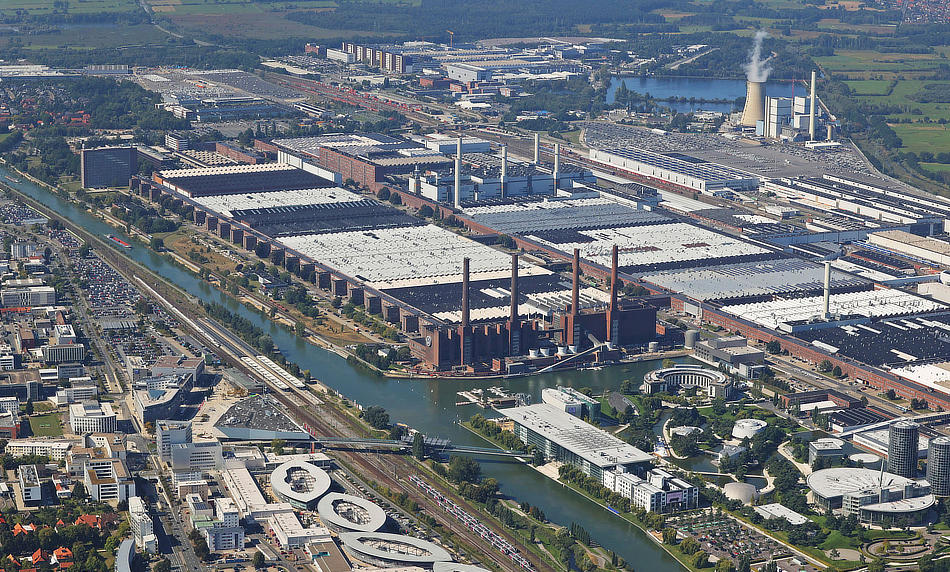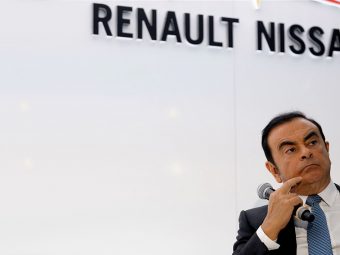German industry is faltering, a stark reminder that even the wealthiest economies are not immune to decline. Industrial production plunged 4.3 percent in August, the steepest drop since early 2022, dragged down by a staggering 19 percent collapse in auto manufacturing. The statisticians speak of “plant closures for holidays and production changeovers,” a sterile explanation that masks the deeper rot. Beneath the numbers lies a structural crisis: tariffs, energy shocks and fierce Chinese competition.
Corporate titans underscore the fragility of the system. BMW has slashed its financial guidance, citing weak sales in China and tariff-related costs, while Bosch has announced 13,000 additional job cuts.
The workers, the engine of Germany’s industrial might, are treated as disposable cogs in a machine. Economists debate the scale of the damage — some warn that growth will stall, others that the risk of a technical recession is real.
A Cautionary Tale of Decay
Chancellor Friedrich Merz promises reform, pledging to tackle an ageing workforce and bureaucratic inertia. But these are empty gestures in a system that rewards ideology over action. The Bundesbank urges speedier reforms and the attraction of skilled foreign labour, yet these are band-aids on a gaping wound.
The government’s revised forecast of 0.2 percent growth in 2025, modestly rising to 1.3 percent in 2026, is at best a hopeful illusion. Germany’s industrial decline is more than an economic story; it is a cautionary tale of hubris and structural decay.
The machinery of commerce grinds forward, but the foundation weakens beneath it. The numbers, cold and unyielding, tell a story of persistent weakness and of a nation struggling against forces it can barely control.







